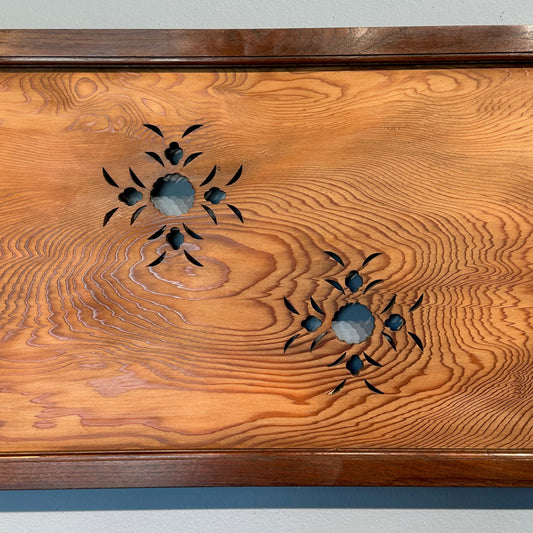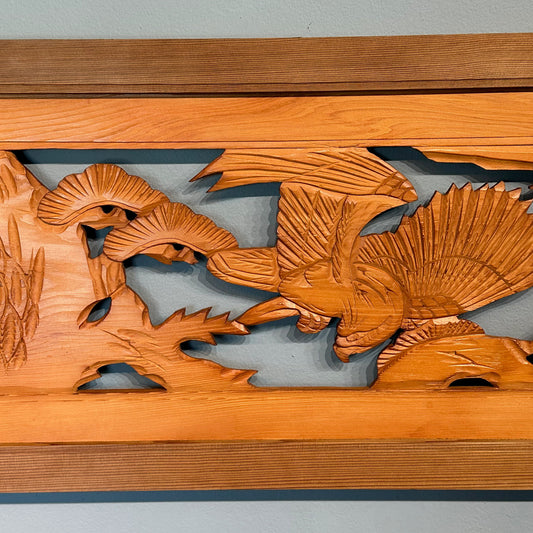Collection: Ranma
Japanese Ranma, or transom, are intricately designed architectural elements commonly found in traditional Japanese buildings, particularly in temples, shrines, and traditional homes. They serve both functional and aesthetic purposes, often separating rooms while allowing airflow and light to pass through. These panels are meticulously constructed with precise joinery techniques, including mortise and tenon joints or intricate interlocking methods, ensuring stability and durability.
Traditional Japanese craftsmen, known as "shokunin," utilize their expertise and attention to detail to create ranma that showcase the beauty of natural materials and harmonize with the surrounding architecture. The designs often incorporate symbolic motifs such as plants, animals, or geometric patterns, reflecting cultural and religious significance.
Overall, the design and construction of Japanese ranma exemplify the sophisticated craftsmanship and aesthetic sensibility that characterize traditional Japanese architecture, making them revered elements of cultural heritage and architectural beauty.







